No institutions play a bigger collective part in the socio-economic future-proofing of a country than its universities. That’s where its next big thinkers and leaders will find their voices and forge their values. That’s where its scientific breakthroughs and technological innovation will be incubated. And with more universities per capita than almost any other western country, and a handful of them perennial presences in the top 50 of the QS World University Rankings, no one could accuse Australians of undervaluing tertiary education. But like all our public resources, our universities must evolve in order to stay relevant to the communities they serve. To not just continue to attract bright young Australians, but to compete successfully for the overseas student dollar on which most of them — thanks to anacondan squeezes on state and federal funding — now depend. For much the same reason, a sector which once distanced itself from the machinations of commerce must now be able to supply employers with the kind of graduates who make a contribution to the bottom line from day one, rather than spend the first year of their working lives as overpaid apprentices.
I was delighted, then, to accept an invitation to the 2019 Vice-Chancellors’ Panel lunch at the Sydney Hilton recently. Who is better placed, after all, to identify the challenges facing our universities than the men and women charged with satisfying those KPIs? Judging from the resumes of the V-Cs who’d be speaking, the futures of at least six of our major seats of learning would seem to be in safe hands. It wasn’t until midway through the third or fourth of those speeches that I began to sense that something was amiss.
It might have been while Dr Michael Spence of Sydney Uni was talking about liberal arts faculties developing skills which are essential to business. It might have been while his counterpart at the University of New England was telling us about the need for a better regulatory framework. But at some point my train of concentration was derailed by a strange noise emanating from the back of the room. It happened again during the following speech, which argued for Australian universities to improve their contribution to ‘the knowledge economy’ by embracing something called the ‘block model’. When this speaker — I think it was Professor Greg Craven of ACU but it might have been Professor Bruce Dowton of Western Sydney Uni – paused to consult his notes, the polite silence which ensued was suddenly broken by a powerful, bestial exhalation and the impact of heavy feet on carpeted concrete. When this speaker sat down, instead of the applause he might have expected, the entire room was briefly overwhelmed by an odour which was at once familiar and at the same time entirely incongruous. But it was not until the the last speech – Professor Denise Kirkpatrick’s spirited rationalisation of universities maintaining productive relationships with their alumni — that I was able to identify that smell as one I’d last experienced in the back of a Land Rover parked on a ridge overlooking a waterhole in the Kruger National Park. Surely not here, I thought, on the second floor of a Sydney CBD hotel? How could they even get it through the front door, let alone up the escalator? But when I turned in my chair there it was, all too conspicuous now in the afternoon light pouring in from George St, its vast bulk filling the space between the tables of two competing banks, its great grey trunk swinging dangerously close to the wine waiter’s head.
If the principals of Australia’s most prestigious universities can talk for two hours about the challenges they face today, and not one of them mentions their charter obligations to the preservation and promotion of free speech, it tells us that in one respect at least, Australian universities today are no different from a hundred years ago. And this may be good news for some people, but it is bad news for elephants. Because as would have been abundantly clear to everybody who attended that lunch, Australian universities have never been more dependent on ivory as a building material.
Got something to add? Join the discussion and comment below.
Get 10 issues for just $10
Subscribe to The Spectator Australia today for the next 10 magazine issues, plus full online access, for just $10.
You might disagree with half of it, but you’ll enjoy reading all of it. Try your first month for free, then just $2 a week for the remainder of your first year.


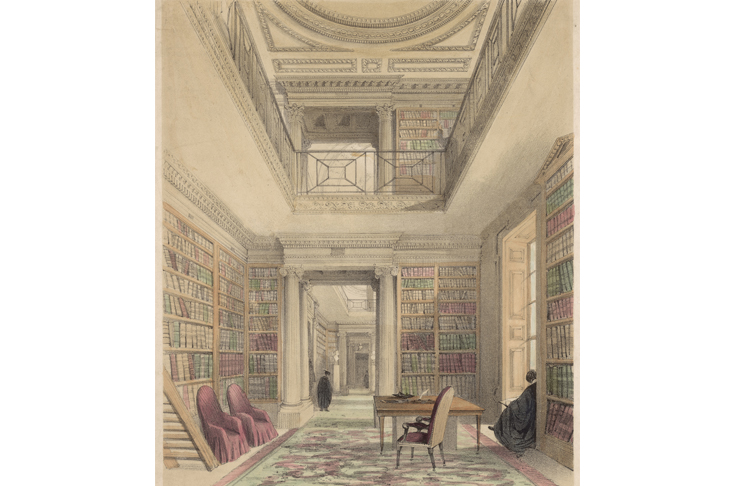
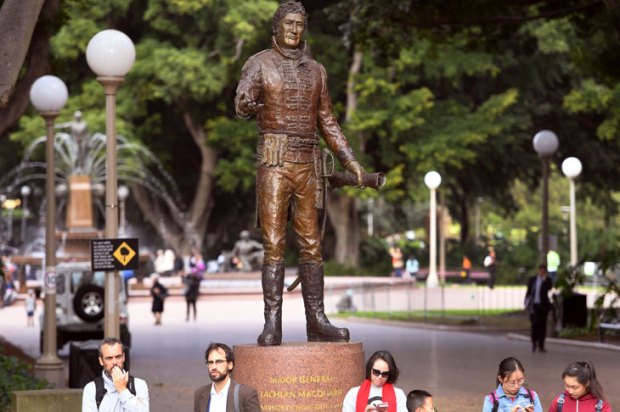
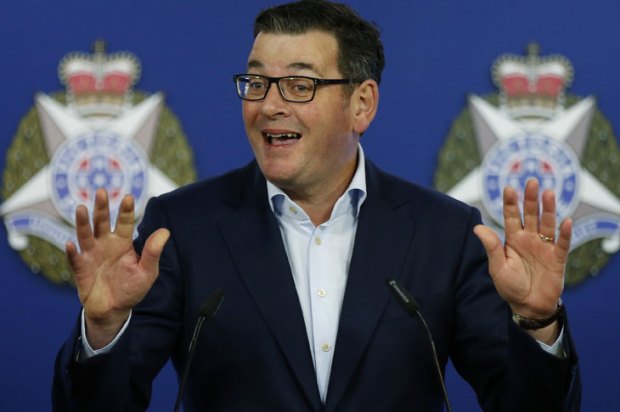
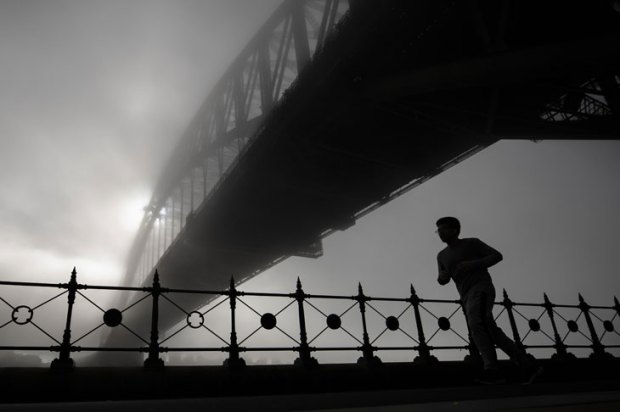
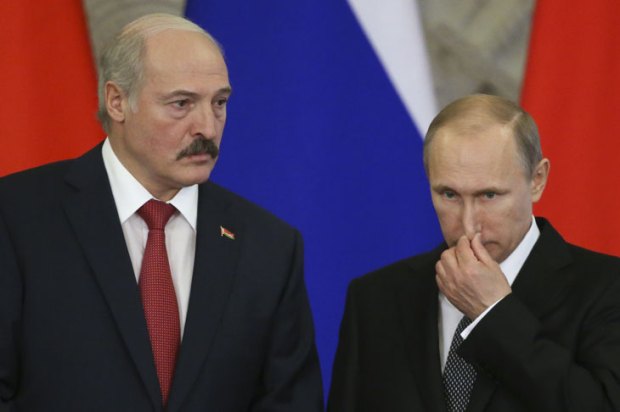

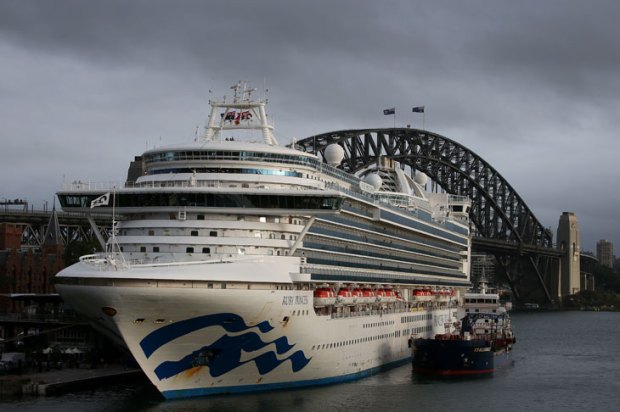






Comments
Don't miss out
Join the conversation with other Spectator Australia readers. Subscribe to leave a comment.
SUBSCRIBEAlready a subscriber? Log in